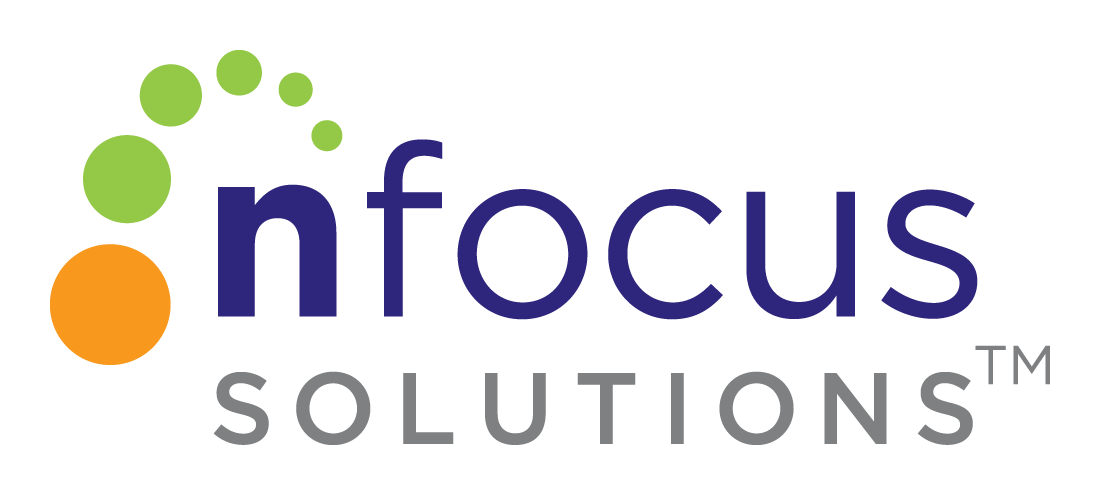
Do Comprehensive Community Initiatives Work?
Note: This post originally appeared on the GradNation blog. We hope that the ideas and resources here will be of use to our many clients who are participating in their own local CCIs and collective impact initiatives! Thank you to Dr. Jonathan Zaff and his team for sharing this research.
—
What’s the best way for communities, especially economically disadvantaged ones, to create a comprehensive continuum of education programs and family supports that help each child thrive academically, socially, emotionally and vocationally?
First things first: There is no one way for a community to come together to support its young people, and any consultant who says they have “The Answer” about how every community should work should be thrown out. Immediately.
But comprehensive community initiatives (CCIs) deserve more study and attention.
CCIs got their start in the 1980s and became more prominent with the maturity of the Harlem Children’s Zone in the early 2000s and the creation of the Promise and Choice Neighborhoods programs by the U.S. Departments of Education and Health and Human Services in 2010. CCIs are positioned to create what we call supportive youth systems that align a community’s assets with the strengths and needs of that community’s young people.
At America’s Promise Alliance, we’ve worked to support CCIs for nearly 20 years.
Intuitively, we believe coordinated efforts across a community should make more of an impact on youth development than uncoordinated ones. But evaluations of the effectiveness of CCIs have been mixed.
Some are working. Communities that Care, StriveTogether, Say Yes to Education, Parramore Kidz Zone, and Purpose Built Communities are good examples. (Check out Center for Promise case studies.)
But numerous others stutter and stop with little noticeable difference in the lives of young people. To understand why, we joined forces with other researchers and put together a series of journal articles and book chapters on the components of CCIs and what a successful CCI looks like.
Across the chapters and articles, we derive five takeaways that we hope provide some guidance for those in the process of considering or creating youth-focused CCIs.
- Use a youth-centered approach to planning and action. We recommend that communities start with the young people themselves. Who are they? What are their needs? What are their existing competencies? A community youth assessment can be done with surveys, focus groups, in-depth interviews, or simple conversations with young people at school, at the local YMCA or at a sports practice. After this fact-finding, a community can more thoughtfully determine what assets it has to support young people’s needs and what new assets are needed.
- Accentuate the positive while eliminating the negative. Decision-makers often focus on what’s measured, and problems are measured more often than strengths. Teen births, drug use, high rates of depression, and high dropout rates can sound the alarms and mobilize support in a community. But chipping away at these problems doesn’t mean that young people will thrive. Not being depressed is not the same as being happy, and not leaving school is not the same as being ready for college and the workforce. Without intentional efforts to focus on personal strengths, community assets and positive outcomes, they’re unlikely to increase.
- Align work and build trust. Convincing dedicated, passionate people that they should change the way they do business is no easy task. Buy-in from stakeholders is essential for creating a strong CCI infrastructure, and this buy-in will not happen without trust around the table. Community members and decision makers need to believe in the initiative and share goals and aspirations. If parents, for example, don’t see the value in new programs, they’re unlikely to enroll their children in them.
- Use data to inform decisions. Without quality data – such as how well young people are doing in school, the barriers they face, and the interventions that are working – people may make bad decisions. Communities are well served by investing time and effort (and, if needed, funds) to capture data that tell the story of their youth and the experiences that are around them.
- Engage youth as a core component of CCIs. CCIs are focused on promoting young people’s assets and meeting their needs, so it stands to reason that young people themselves should be a part of the solution. Youth can provide insights into the types of opportunities that will appeal to them and their peers, diagnose problems, and offer solutions. Sure, high-quality youth engagement is hard, but we highly recommend building internal expertise or engaging external expertise from youth and veteran youth workers in the community.
So why aren’t all CCIs in neighborhoods and cities throughout the country impacting the well-being of their young people? This is hard, monotonous work, with little reward expected for at least a couple of years. Community leaders need to play the long game and celebrate the victories along the way. They need to understand that with persistence, strong partnerships, youth engagement, and smart, data-based strategies, all of their young people can have the opportunity to thrive.
For more information and guidance, check out Comprehensive Community Initiatives for Positive Youth Development (Routledge, December, 2015) edited by Jonathan F. Zaff, Elizabeth Pufall Jones, Alice E. Donlan and Sara Anderson.

